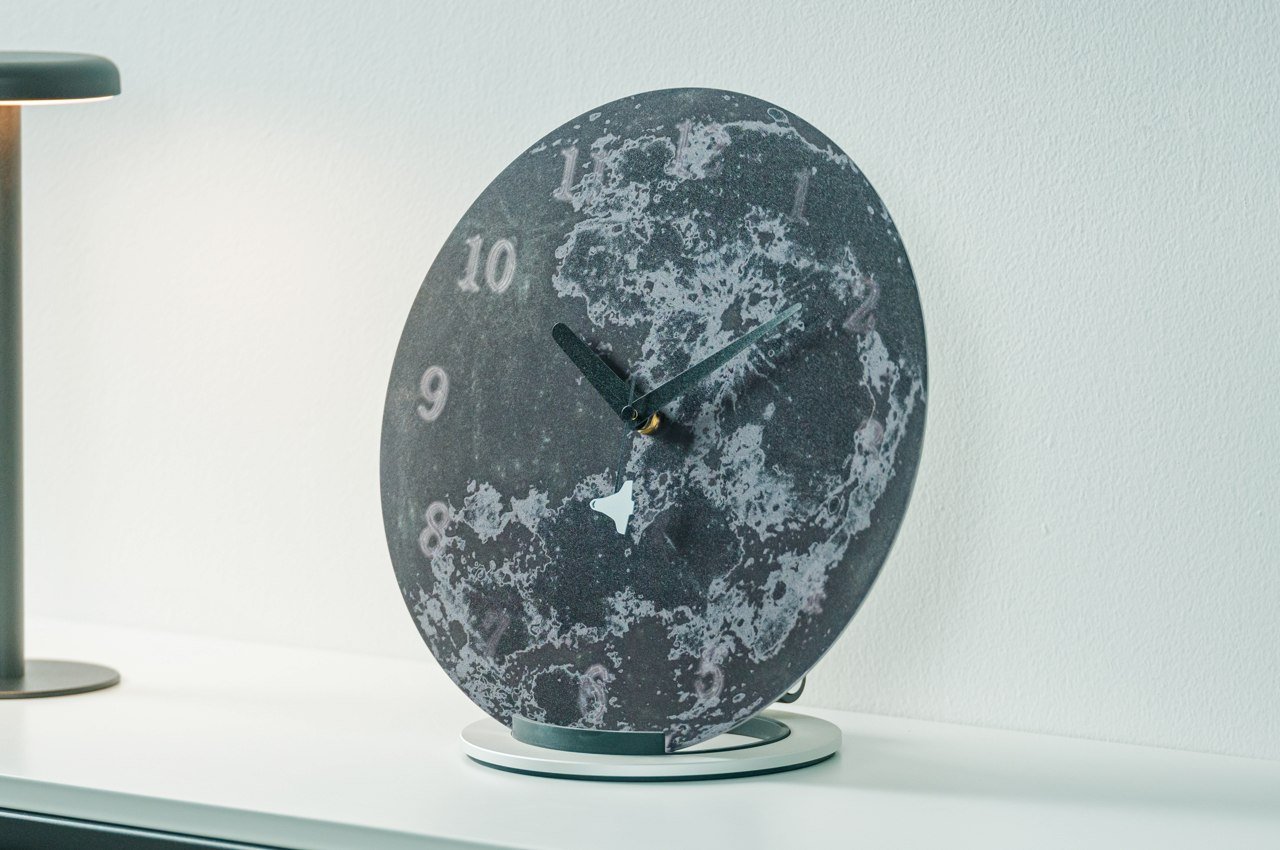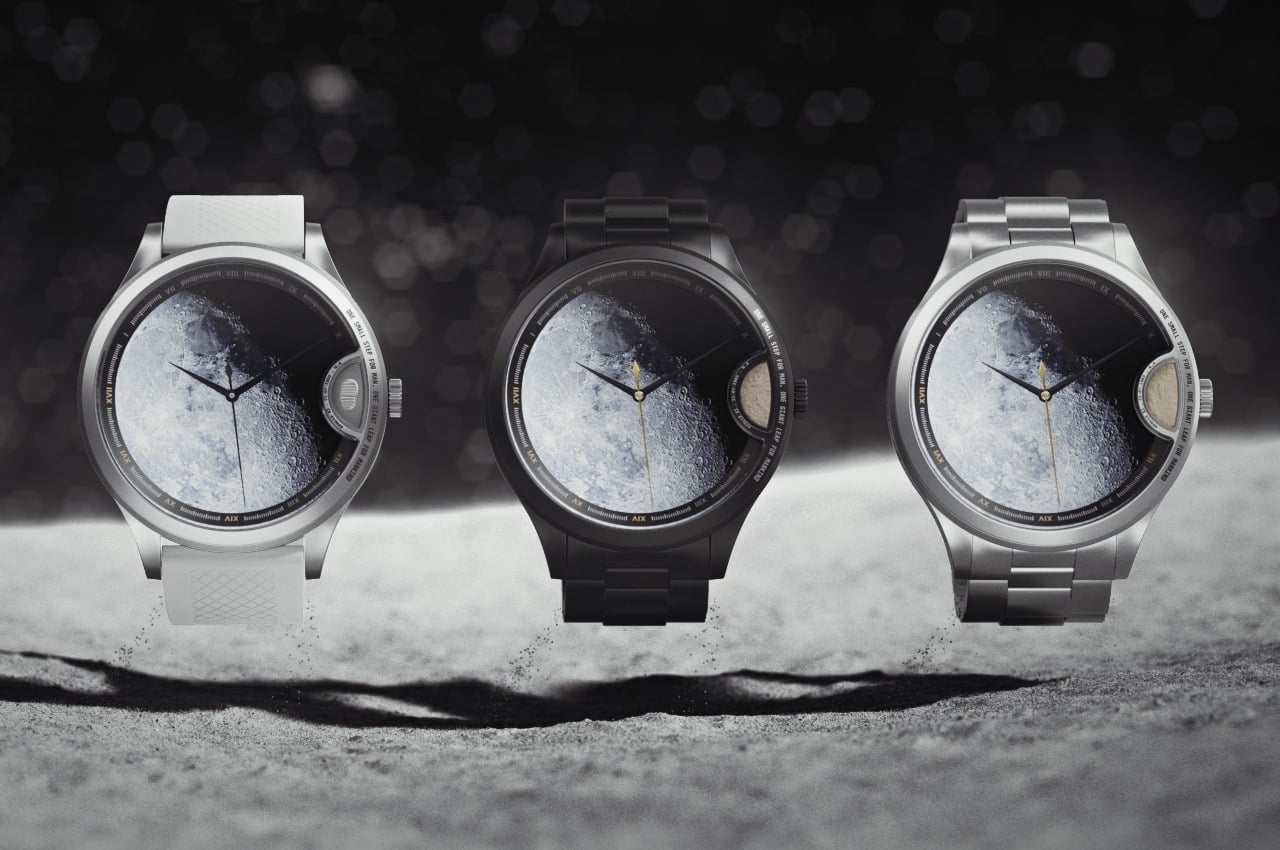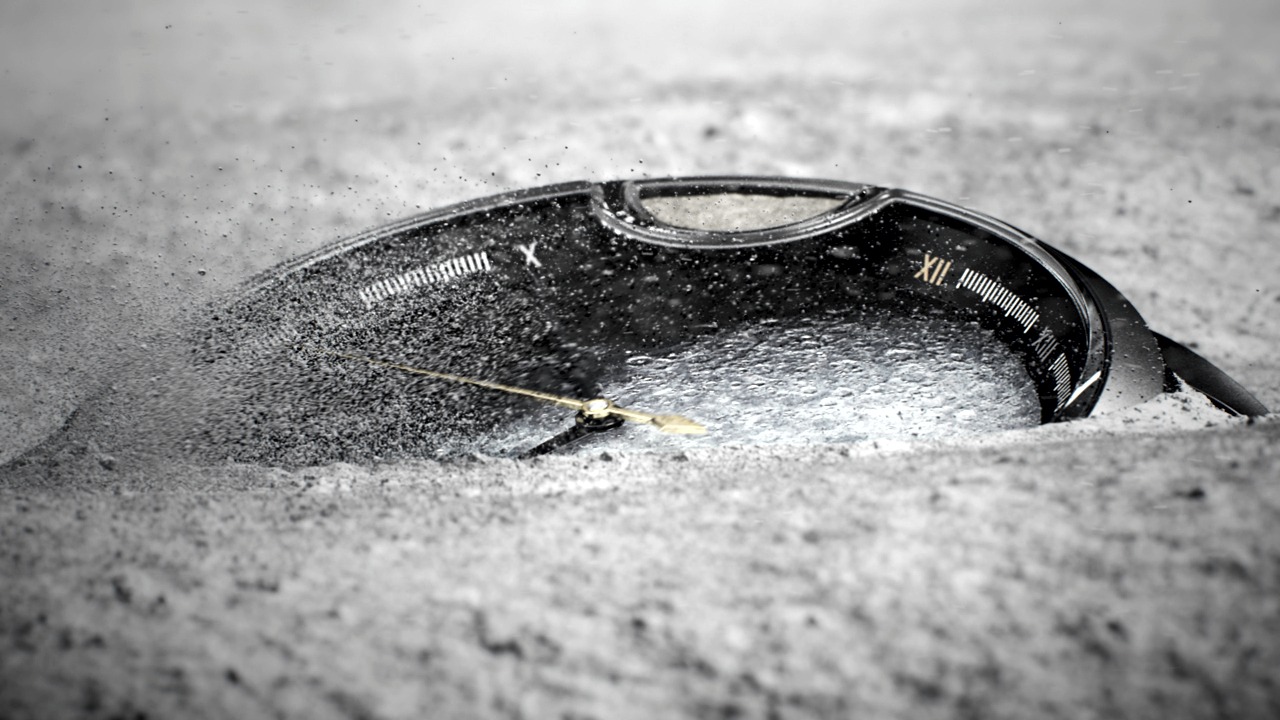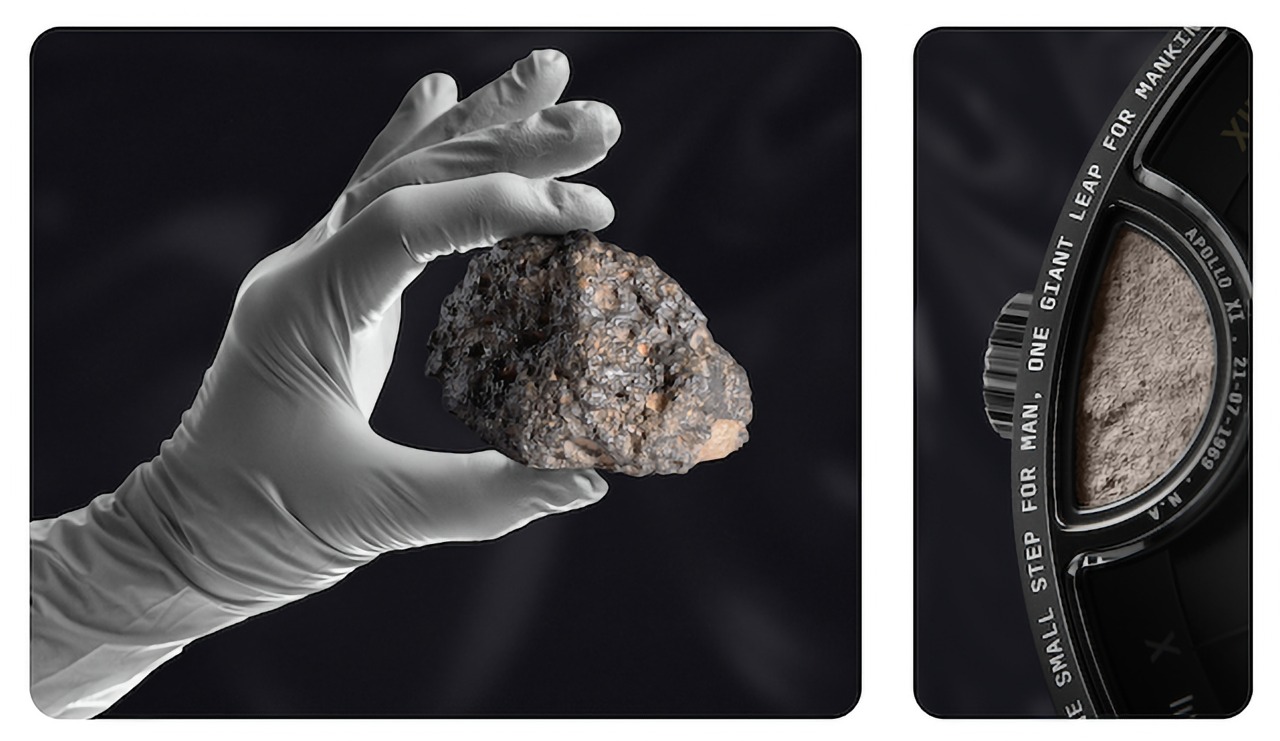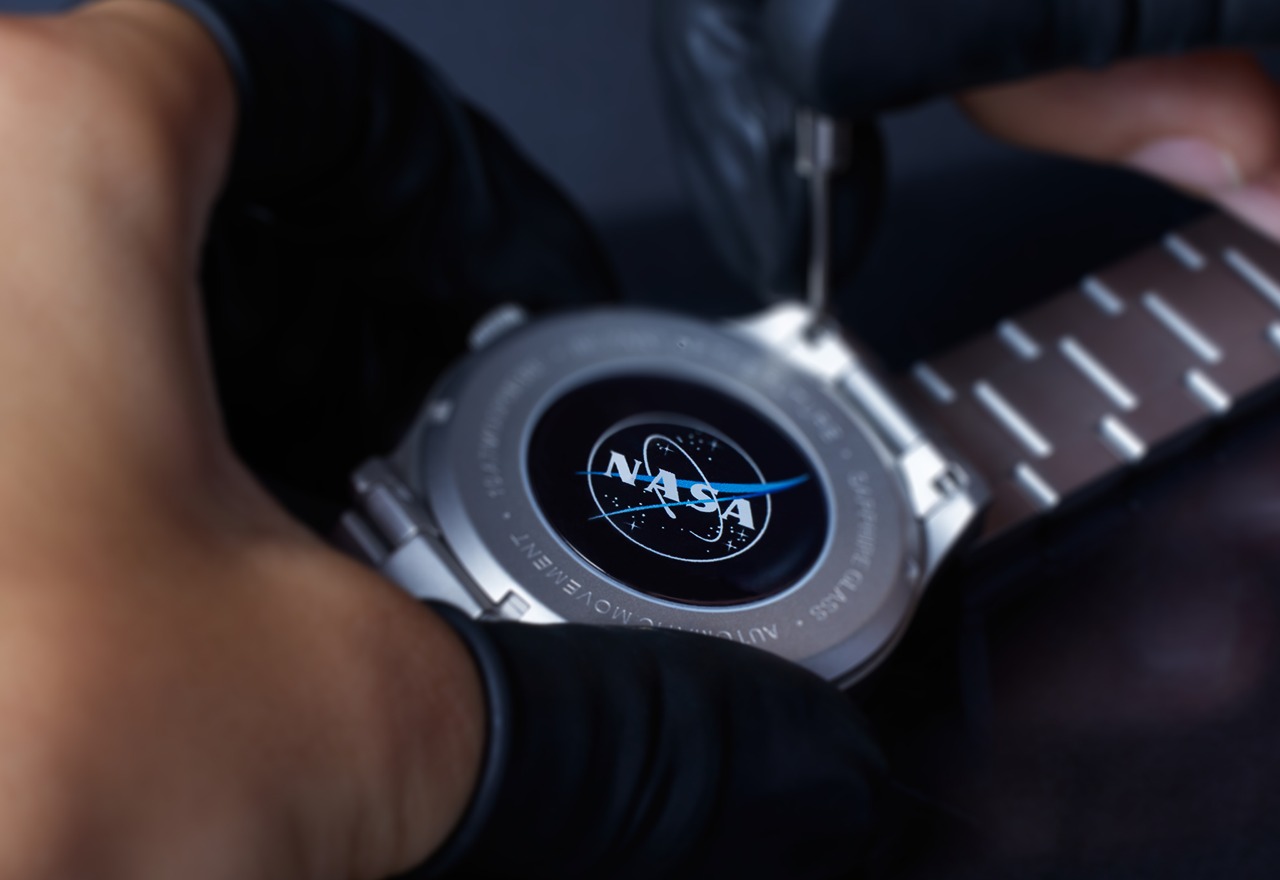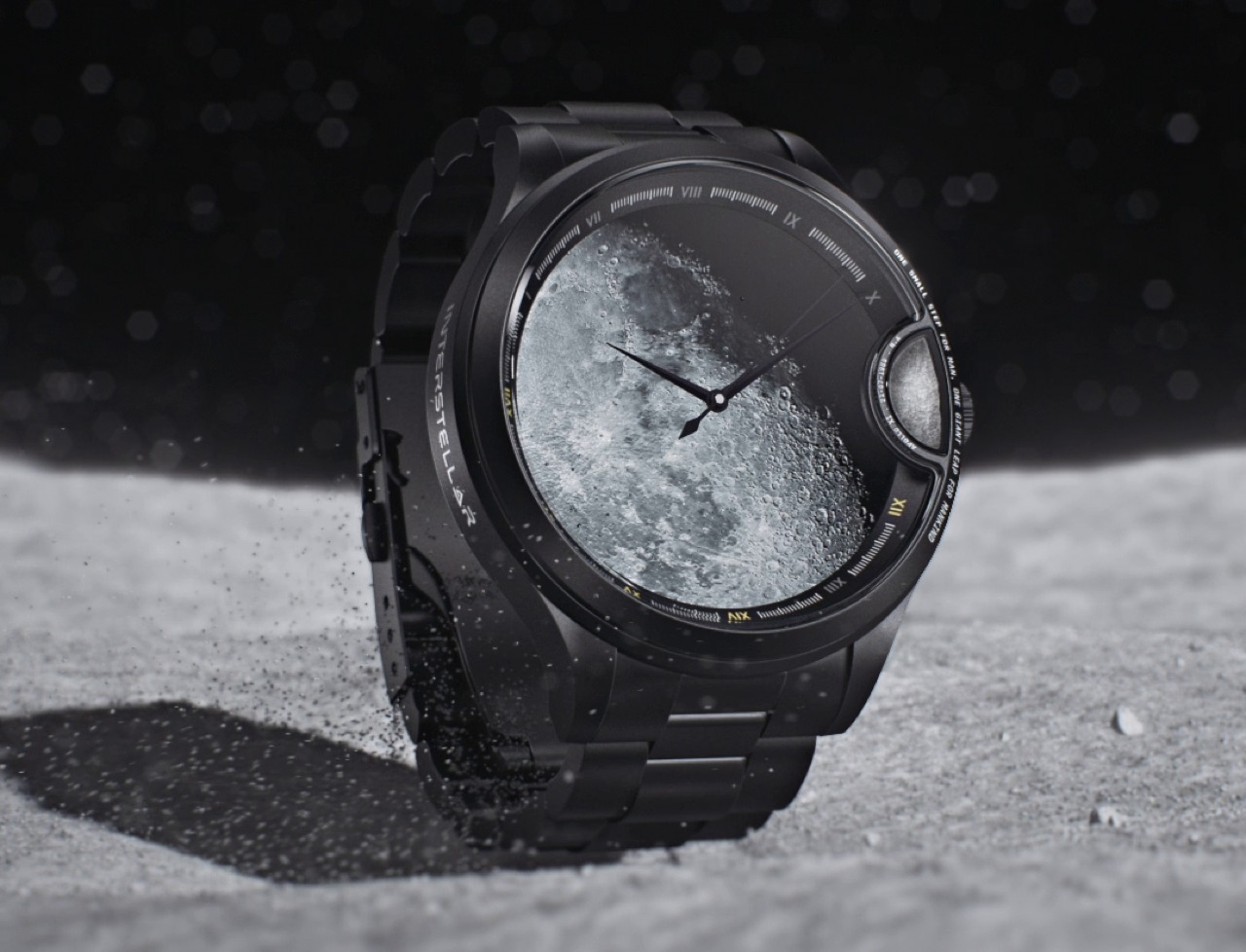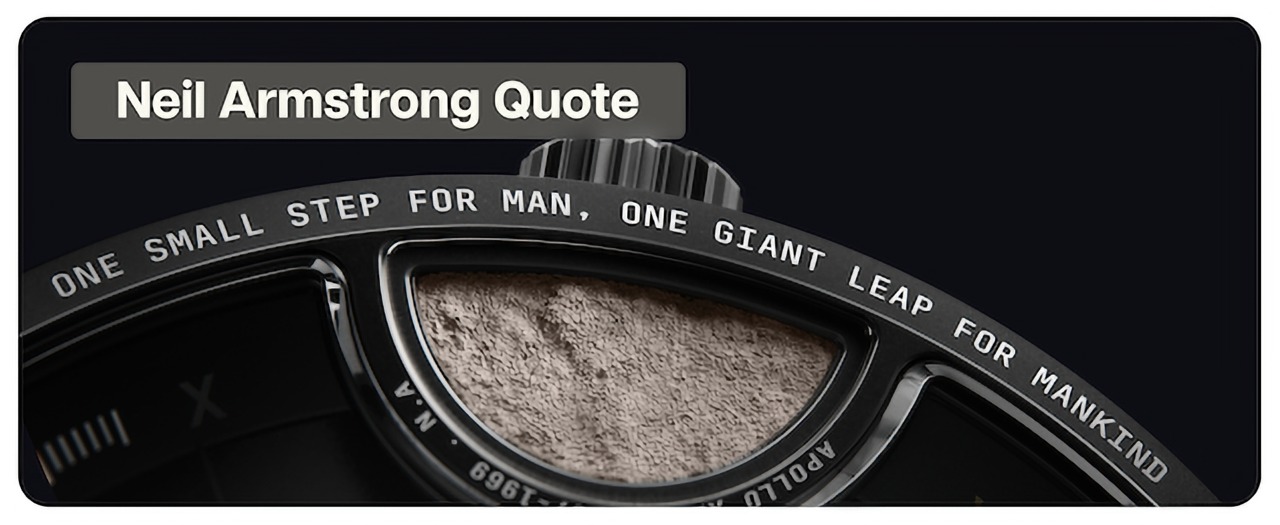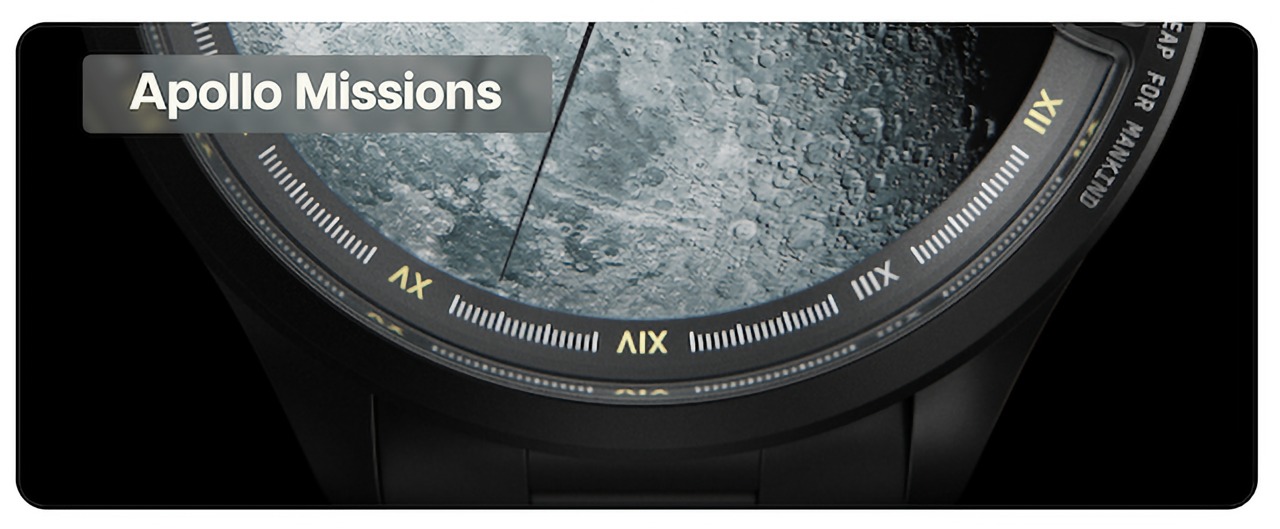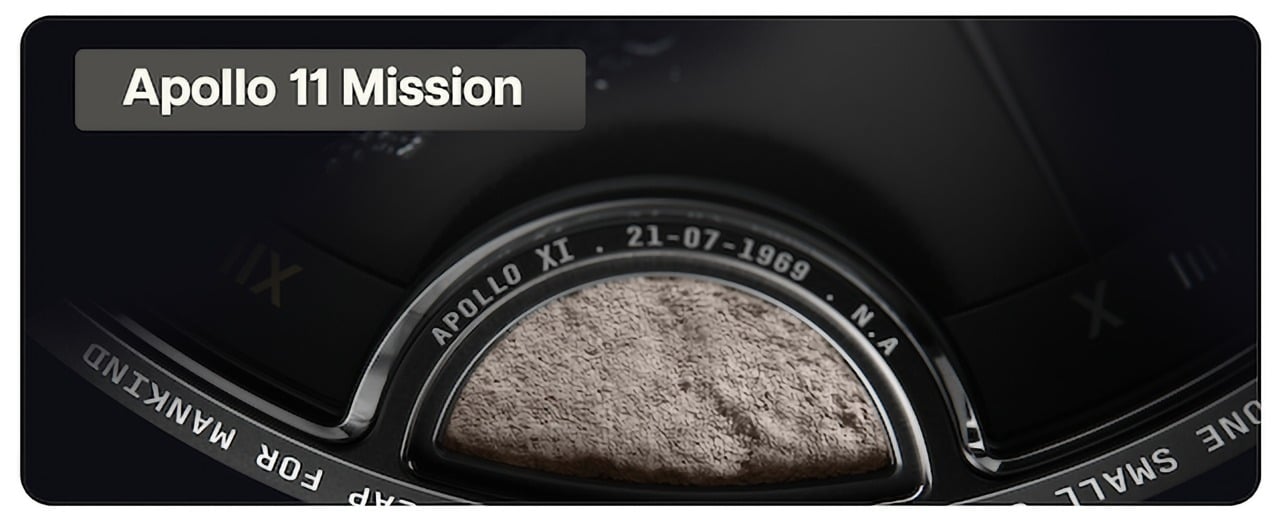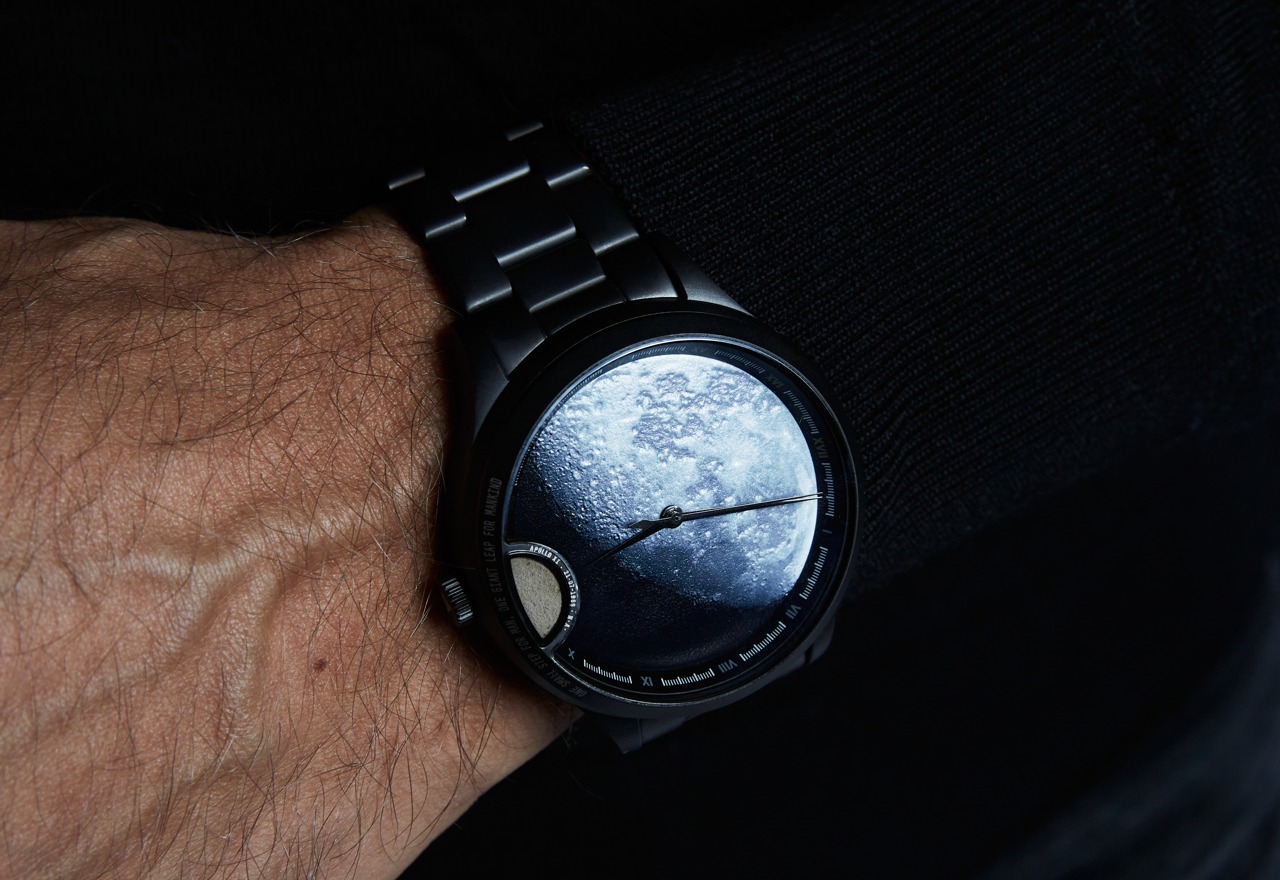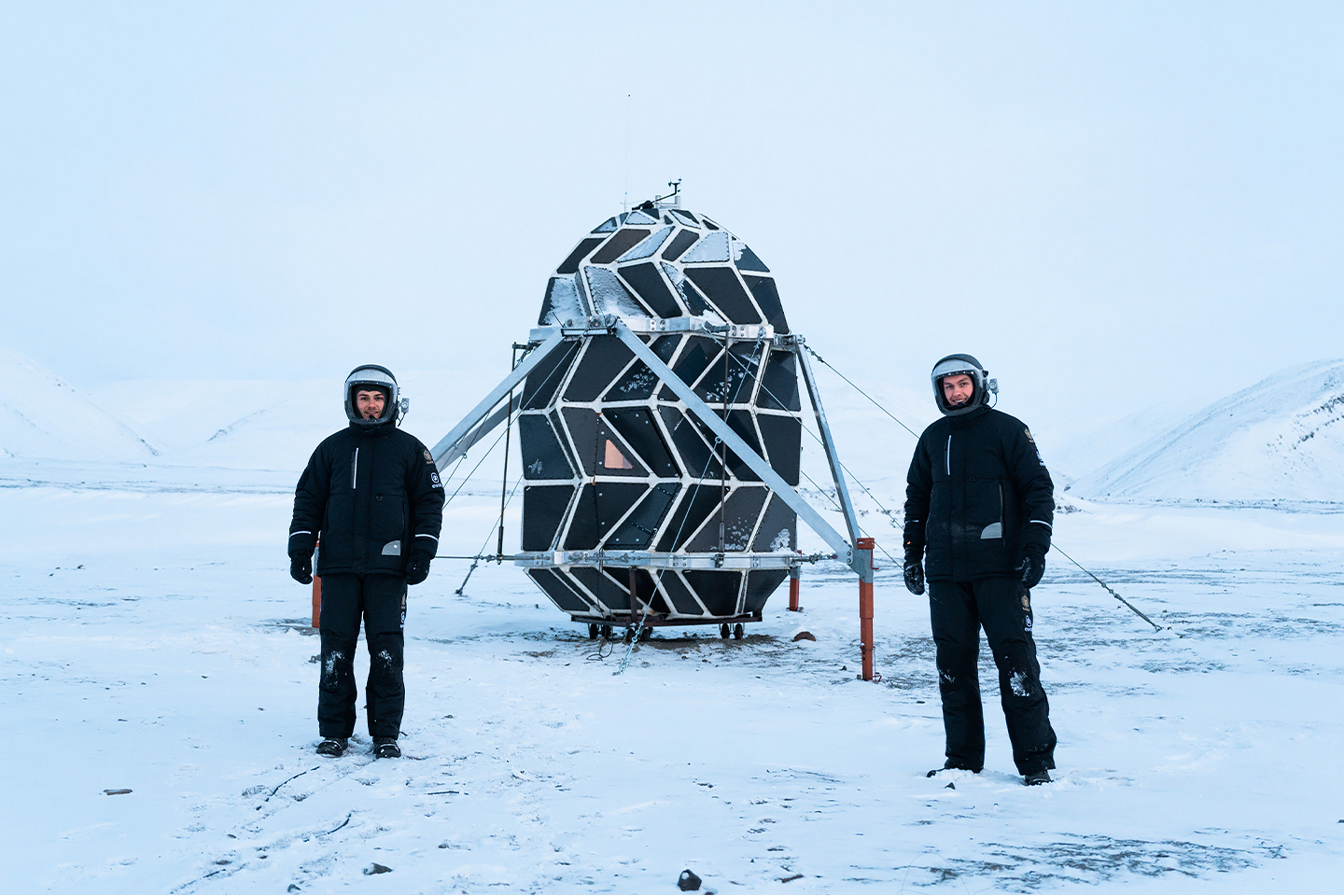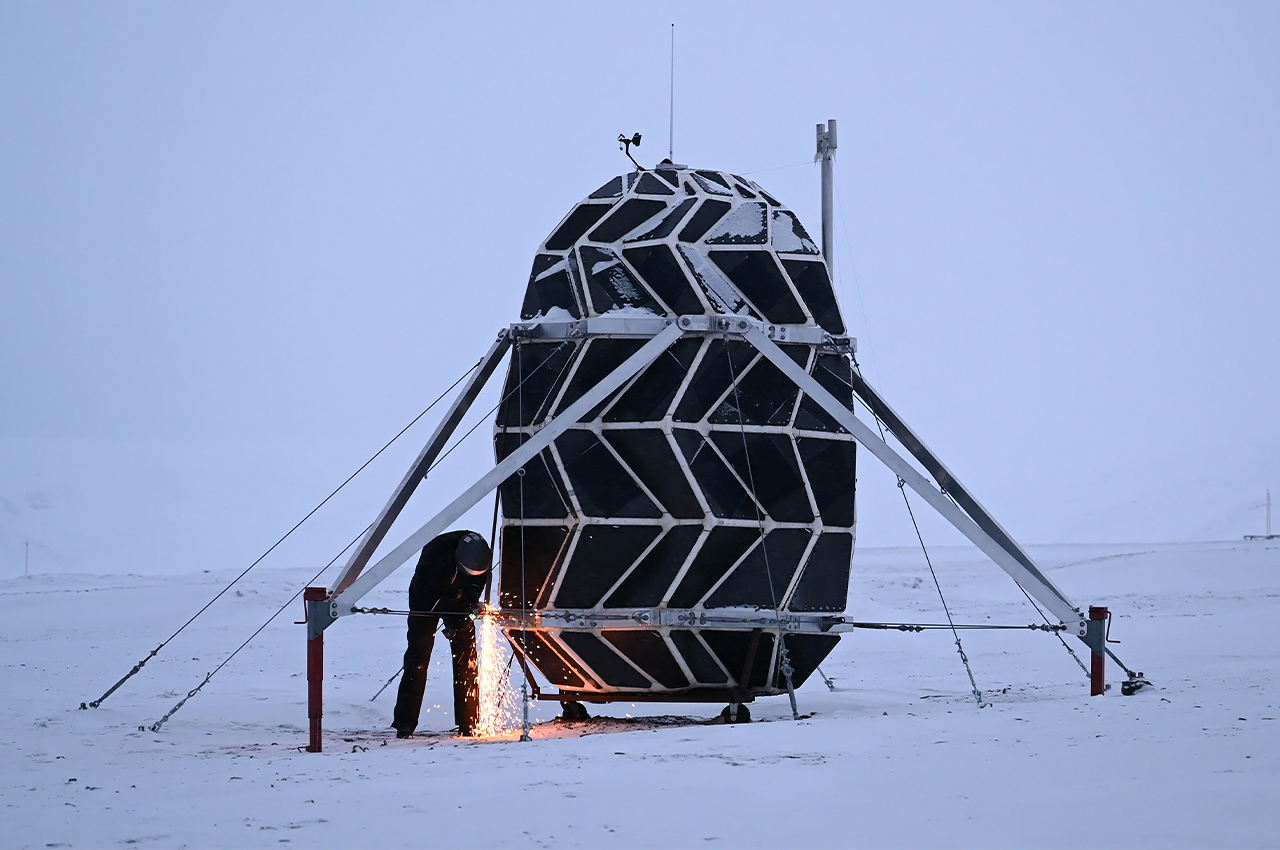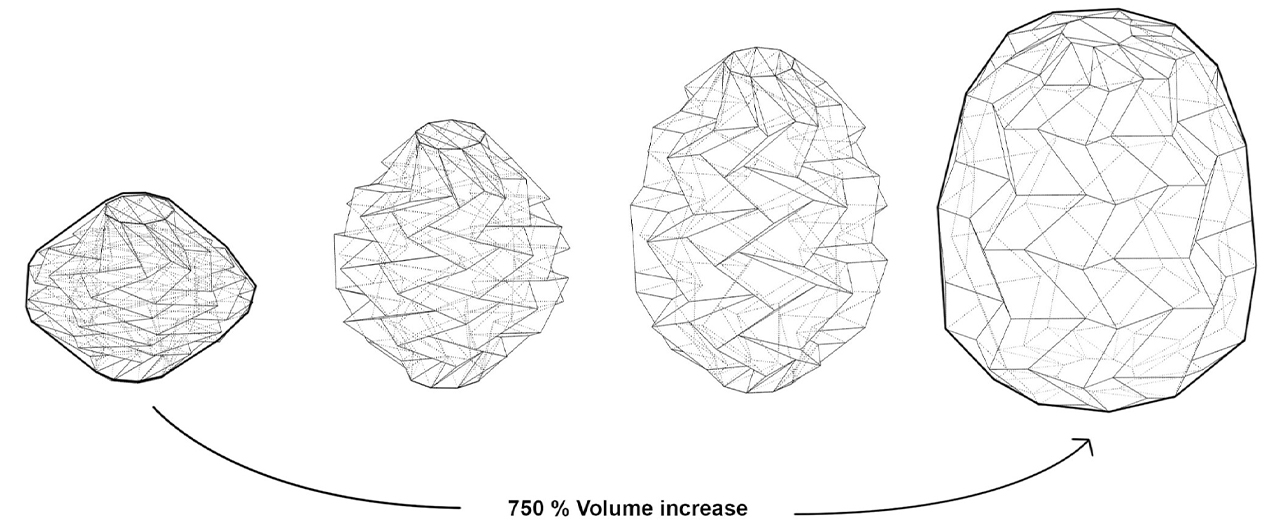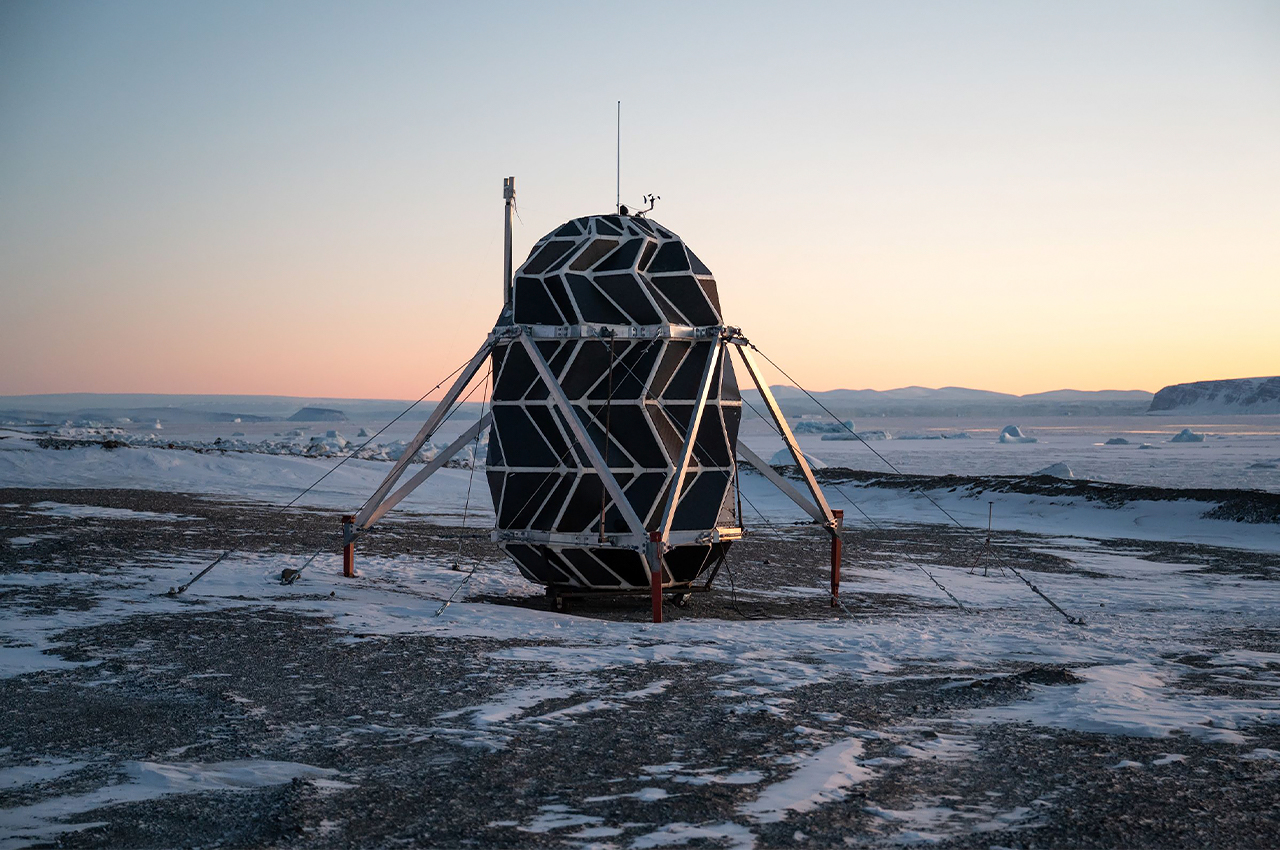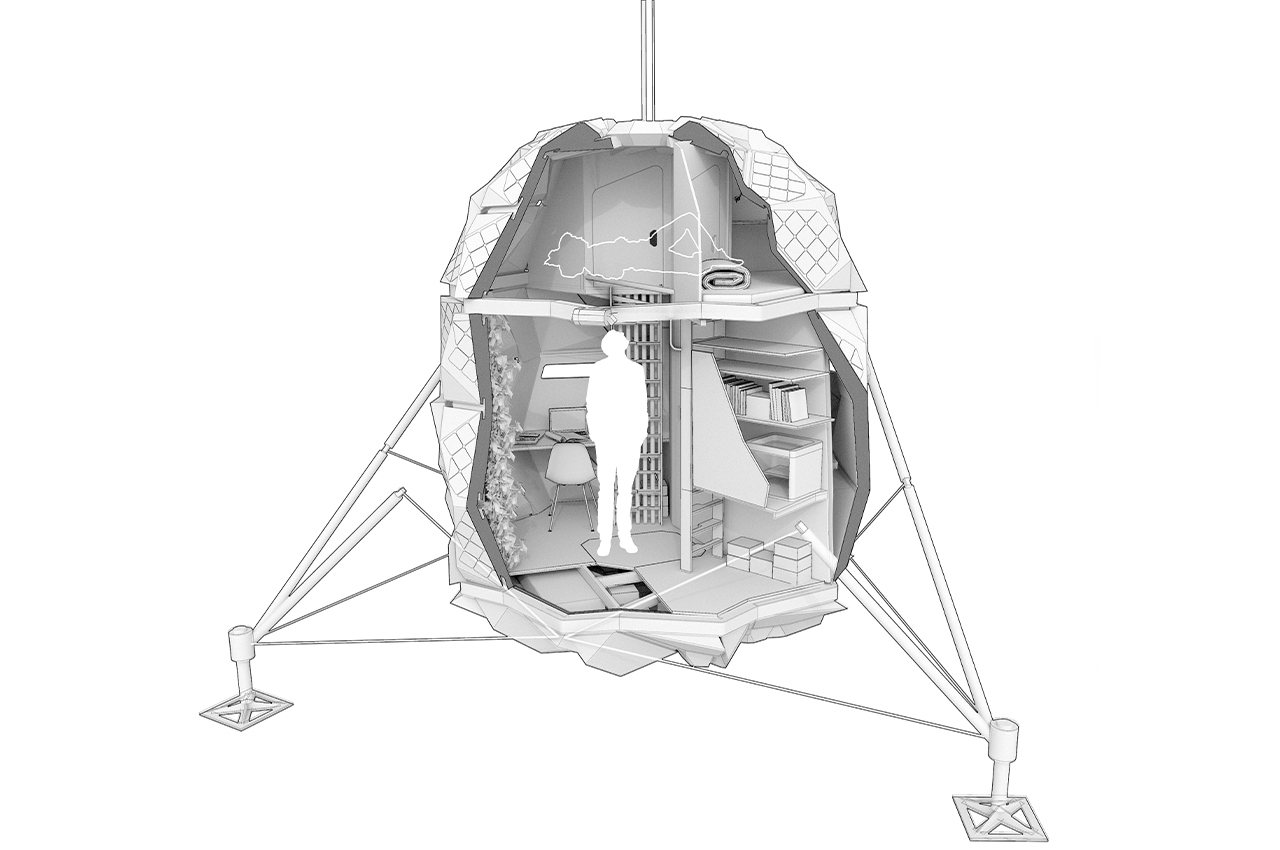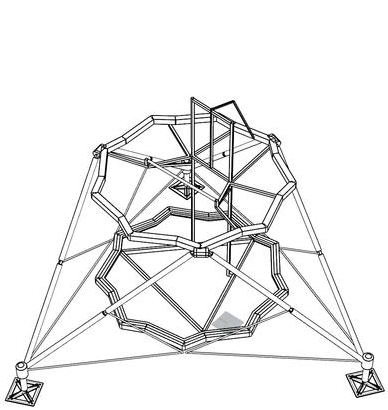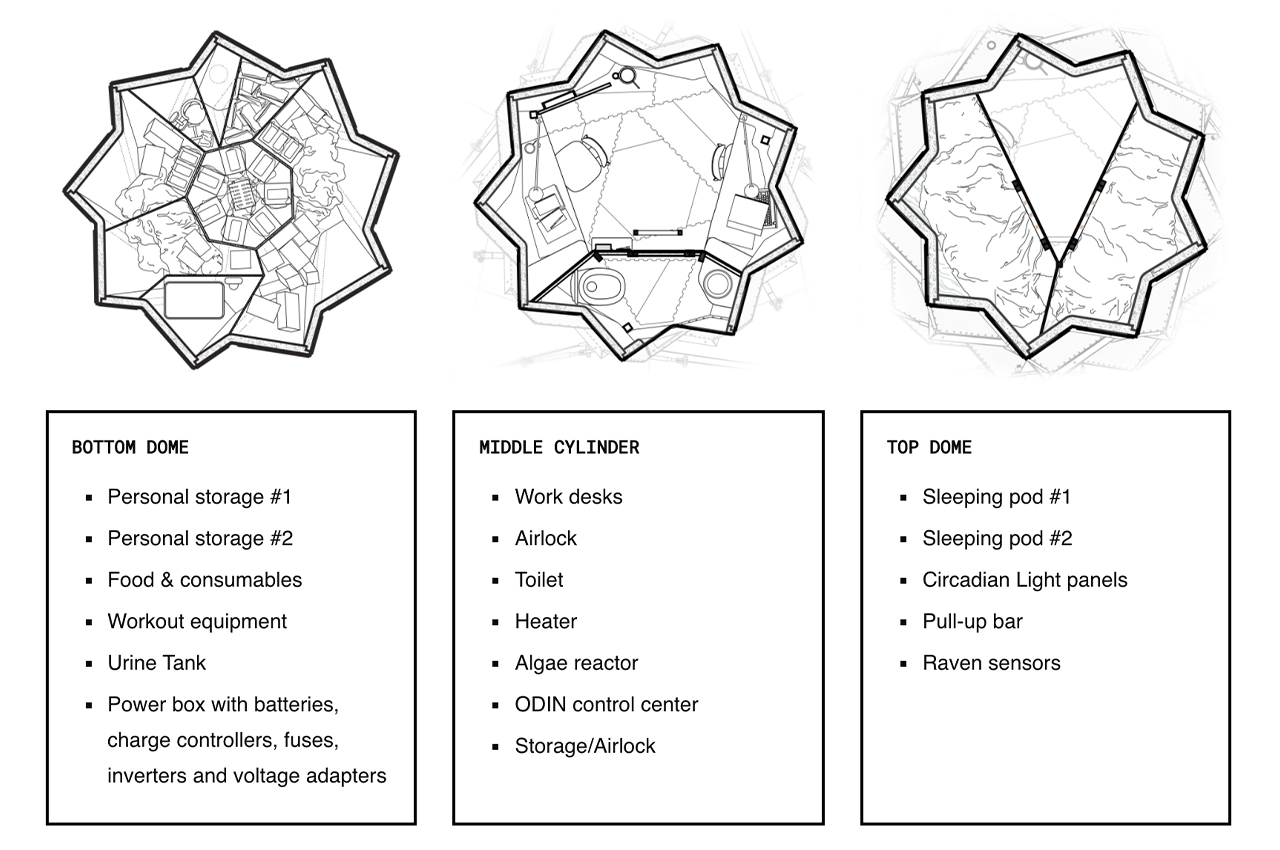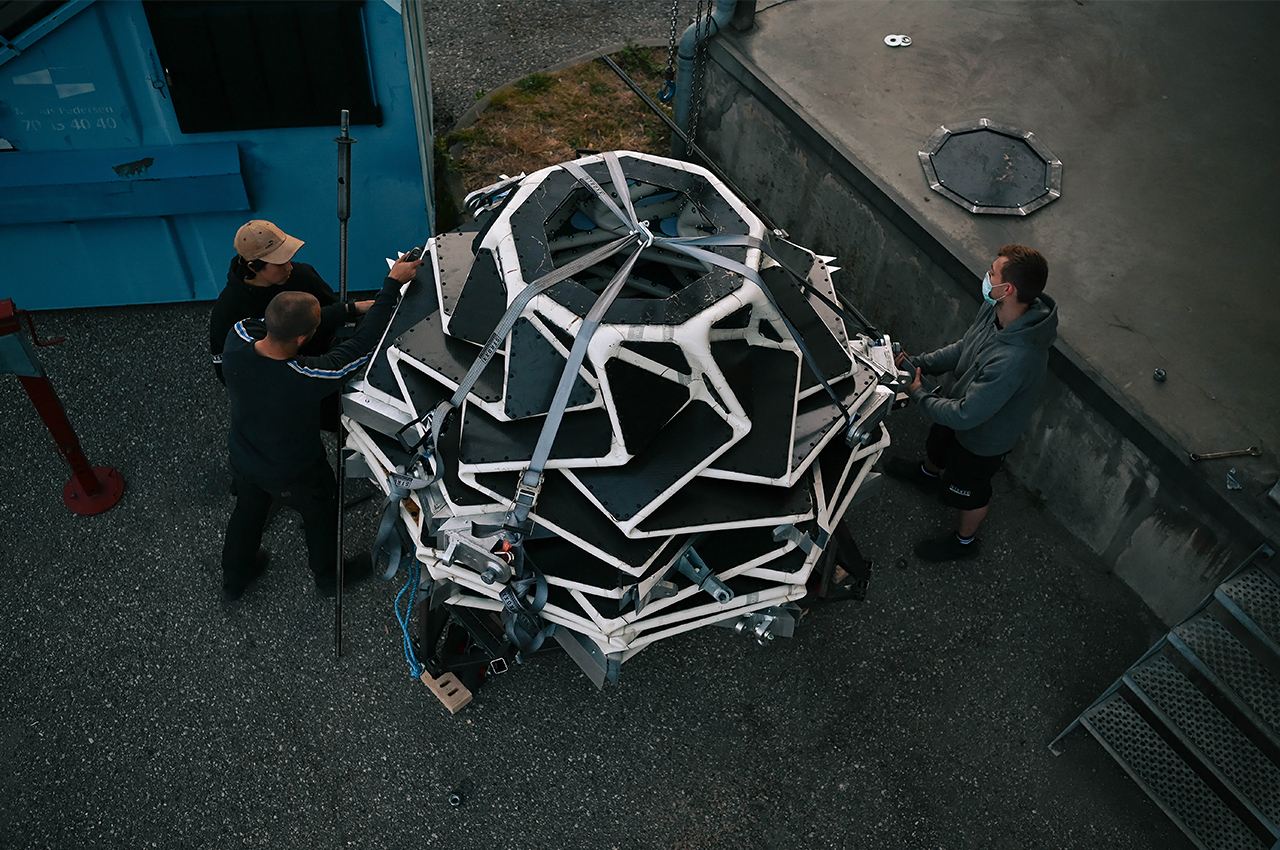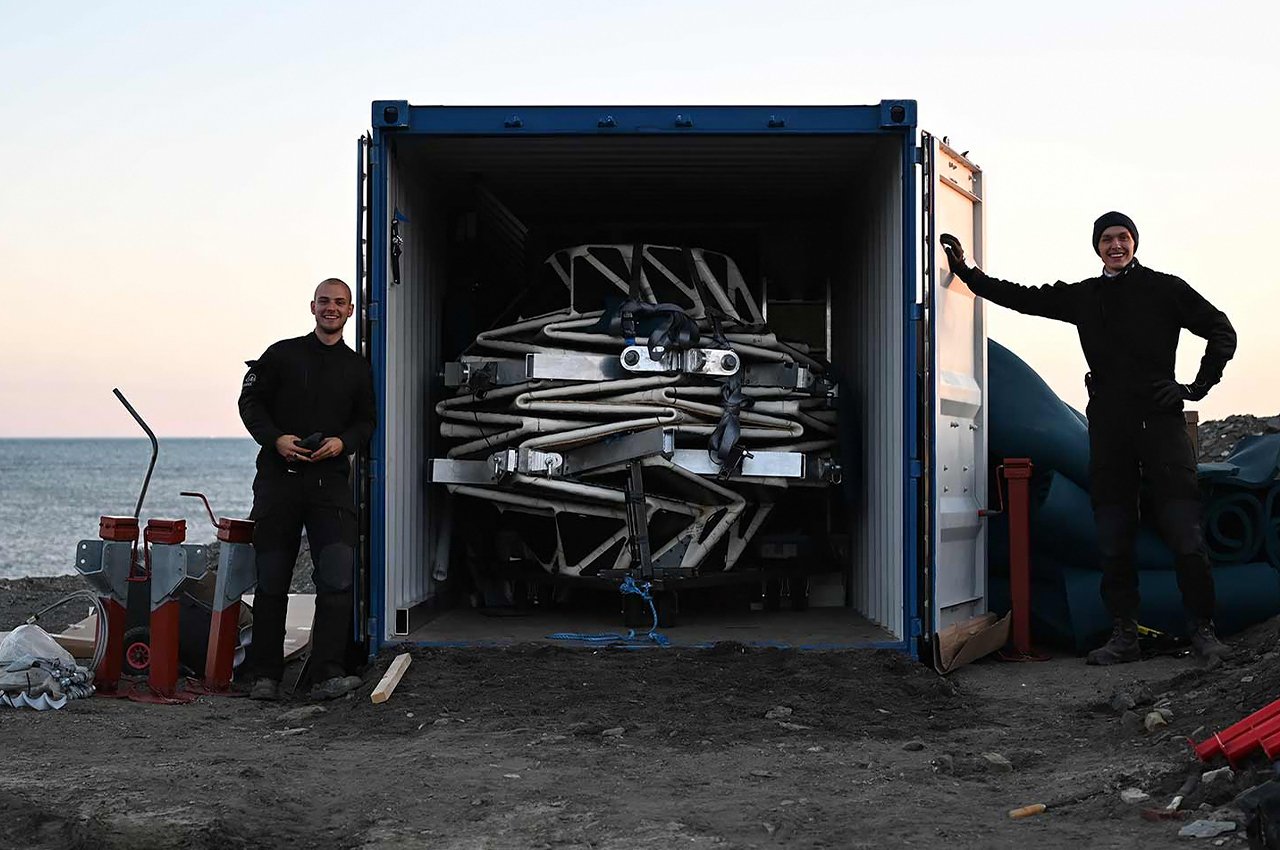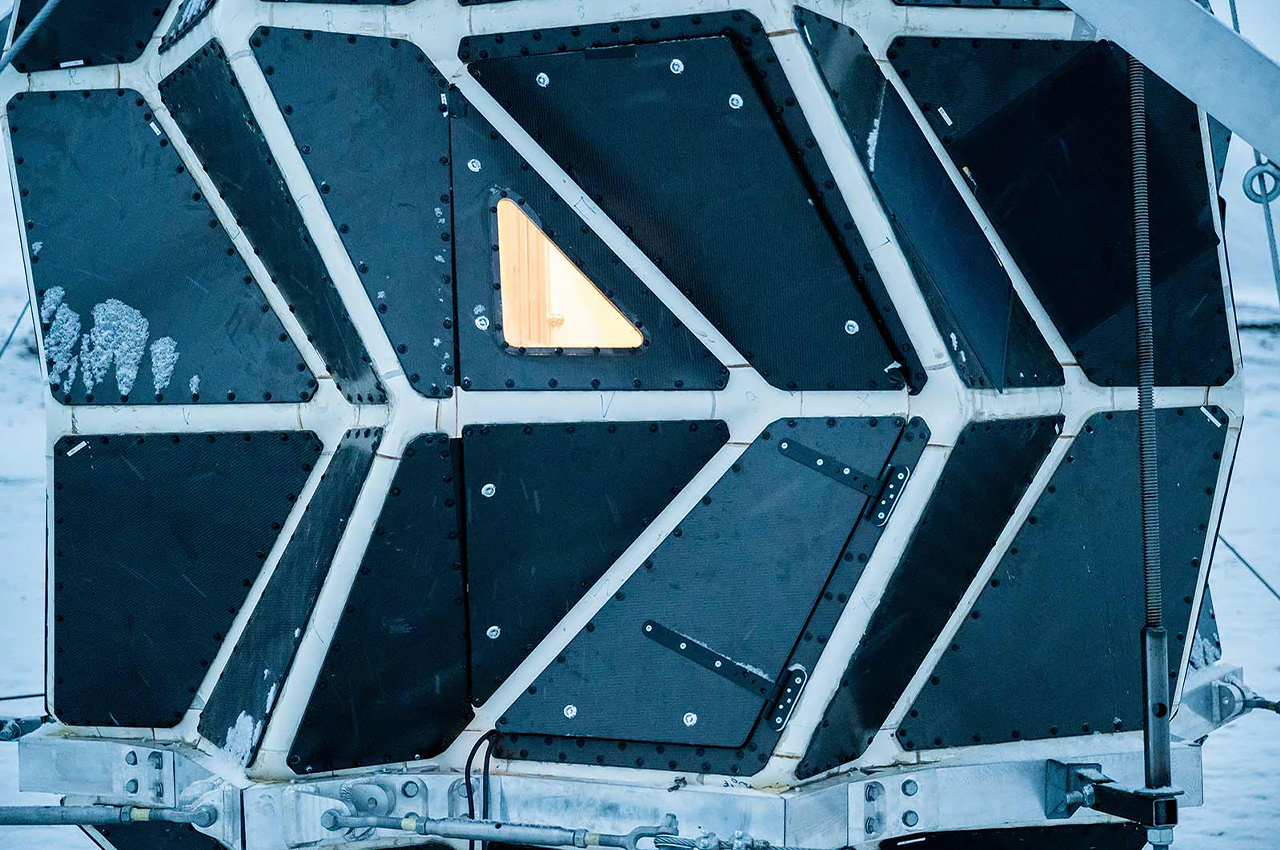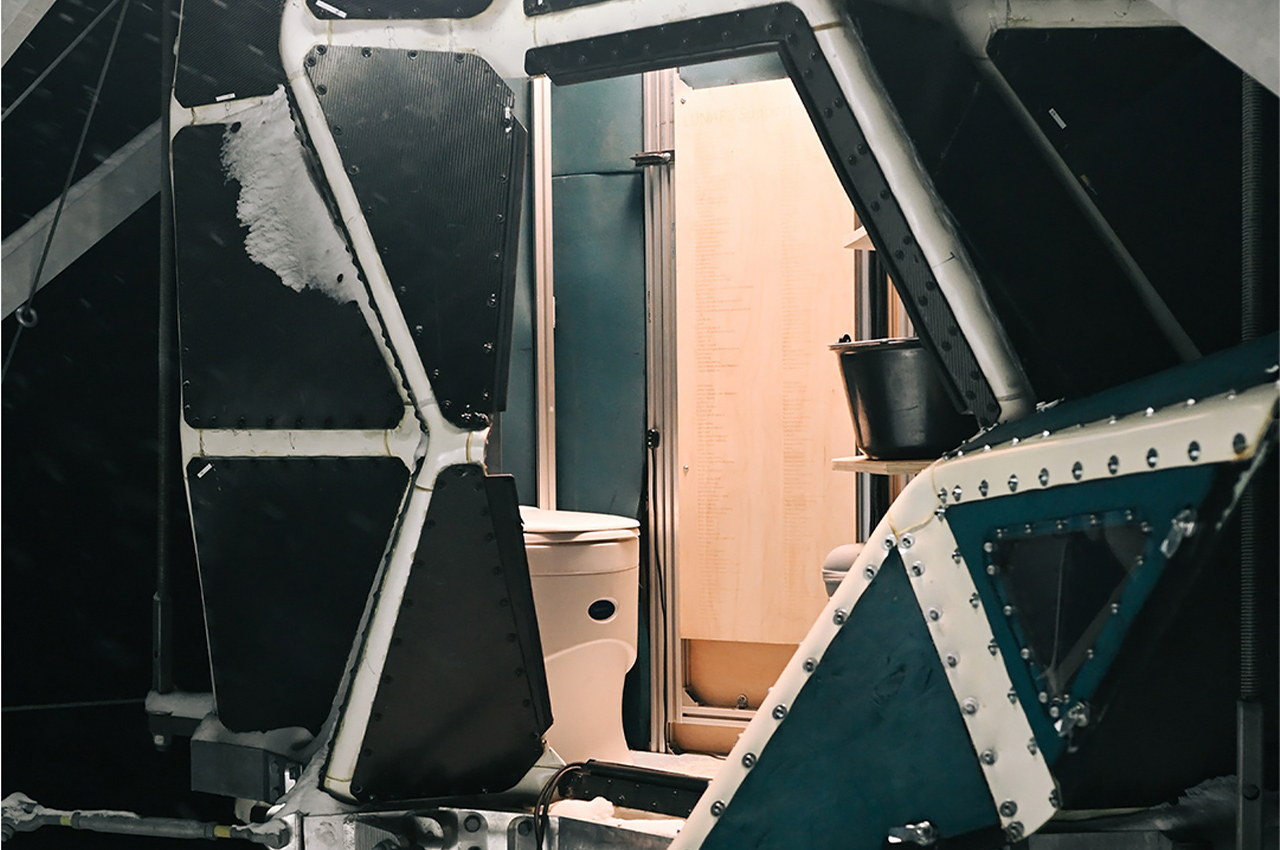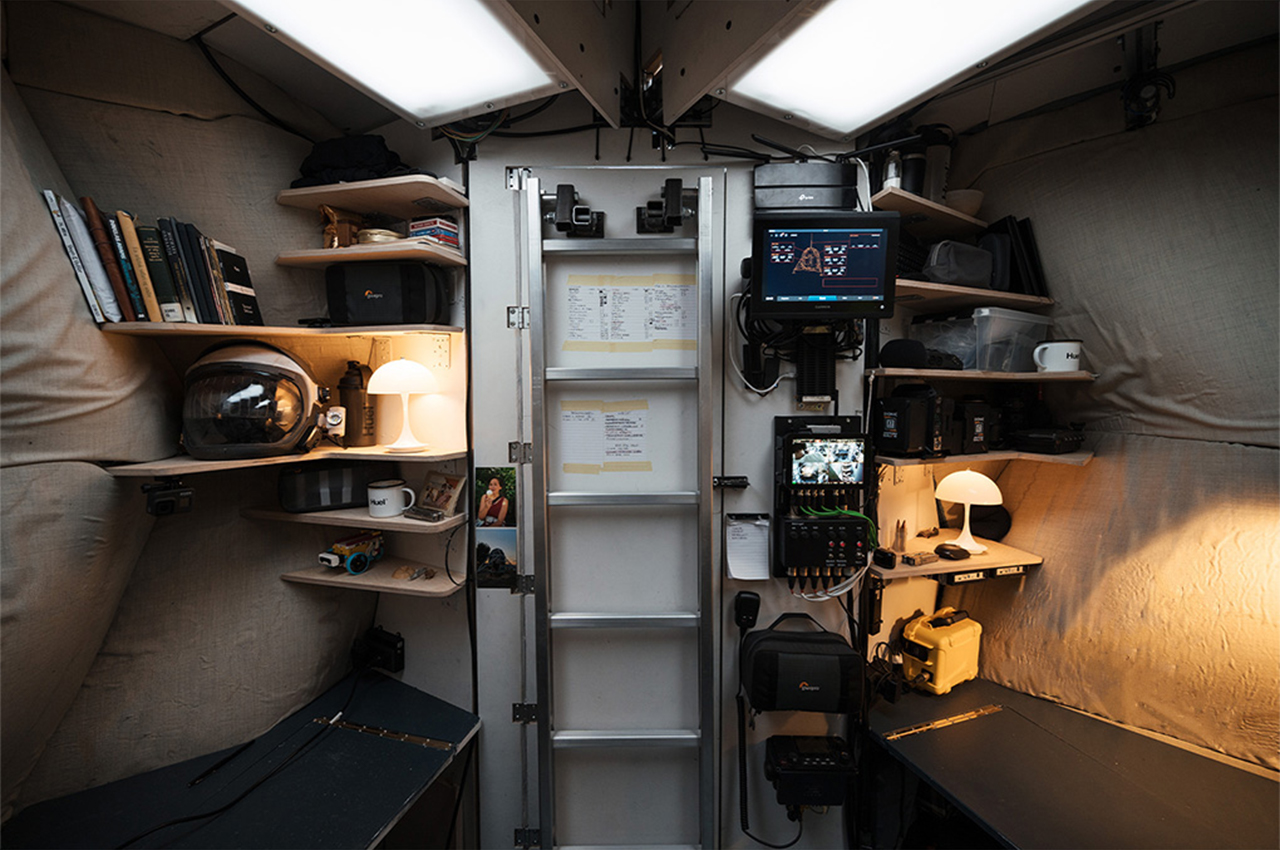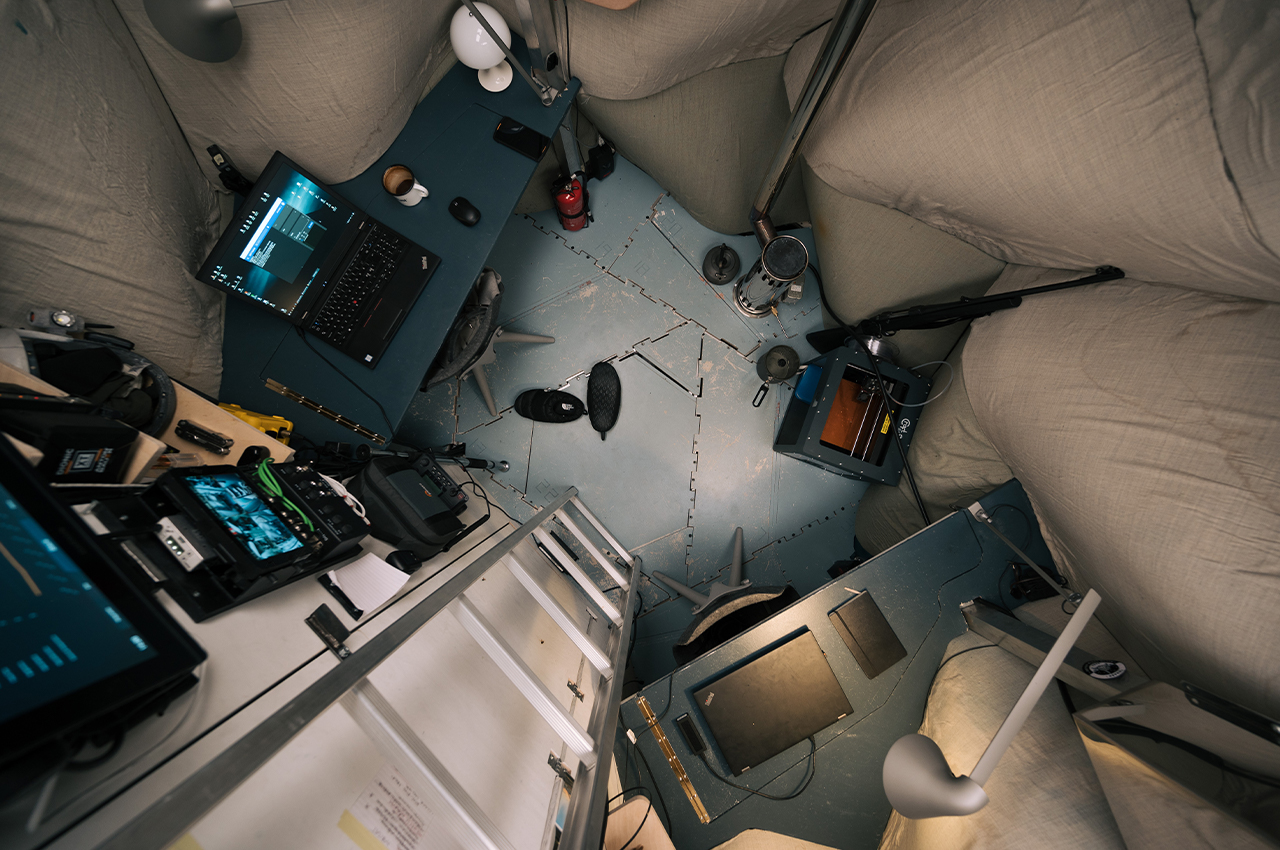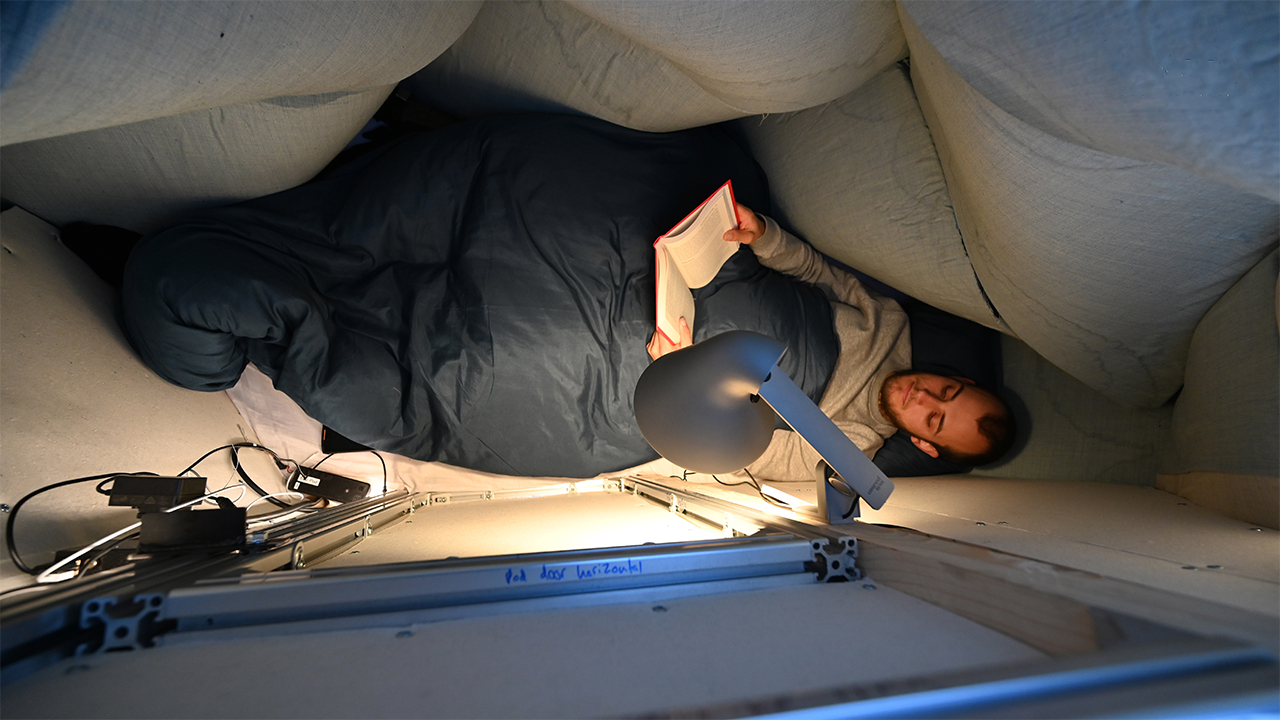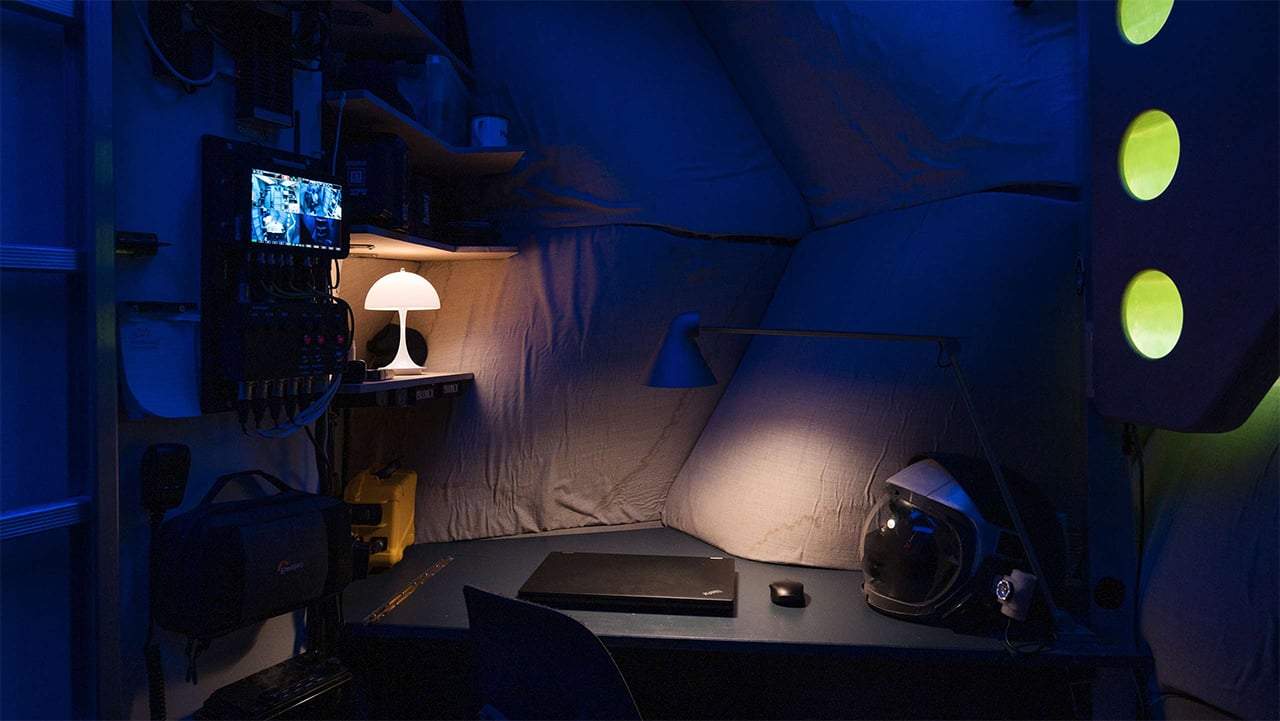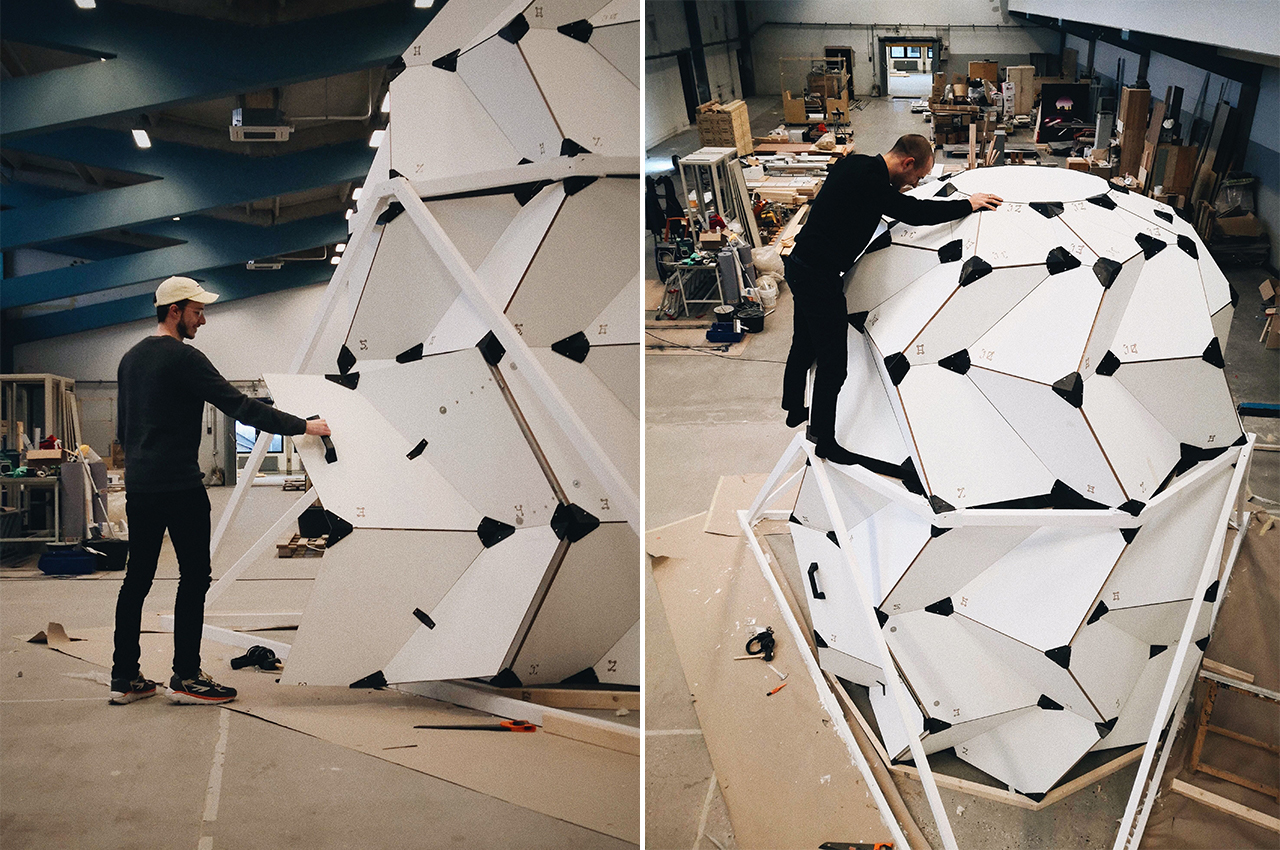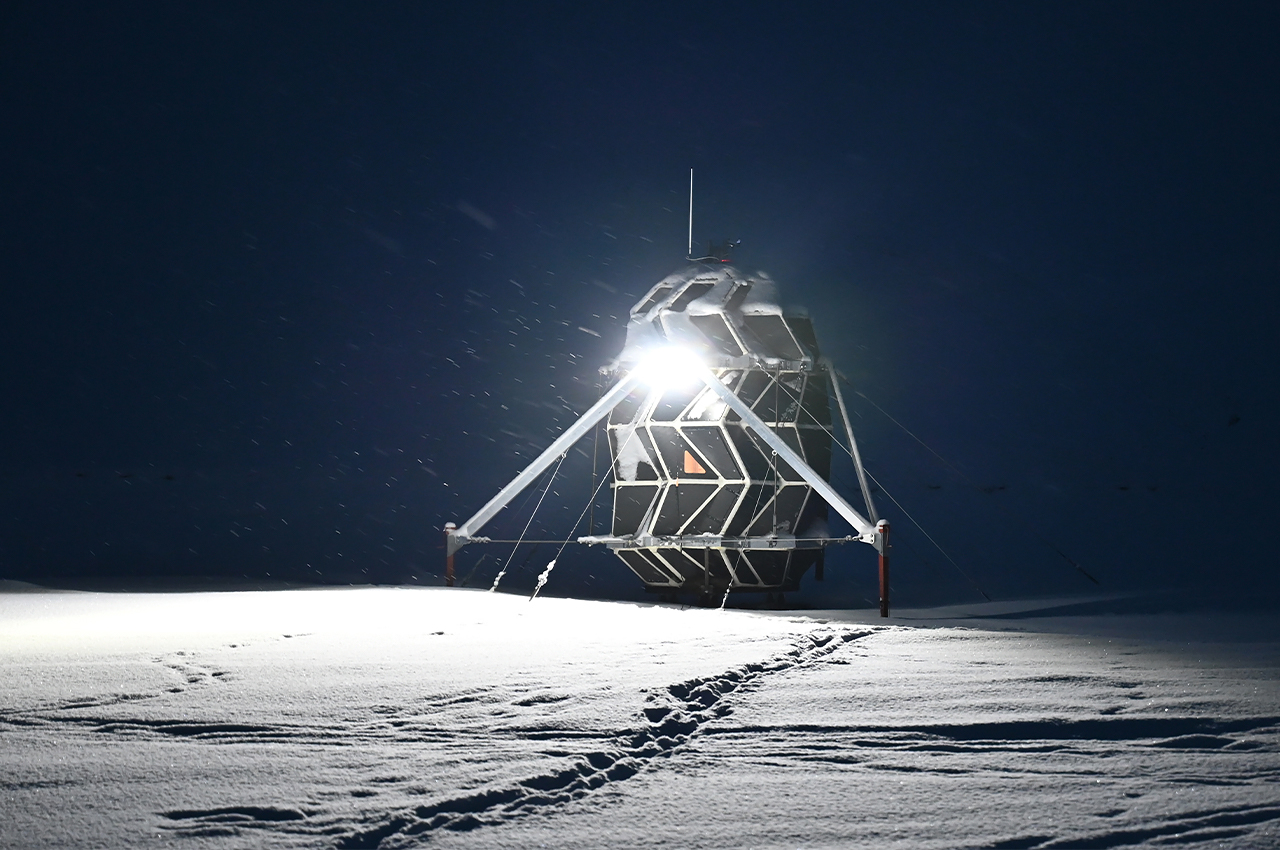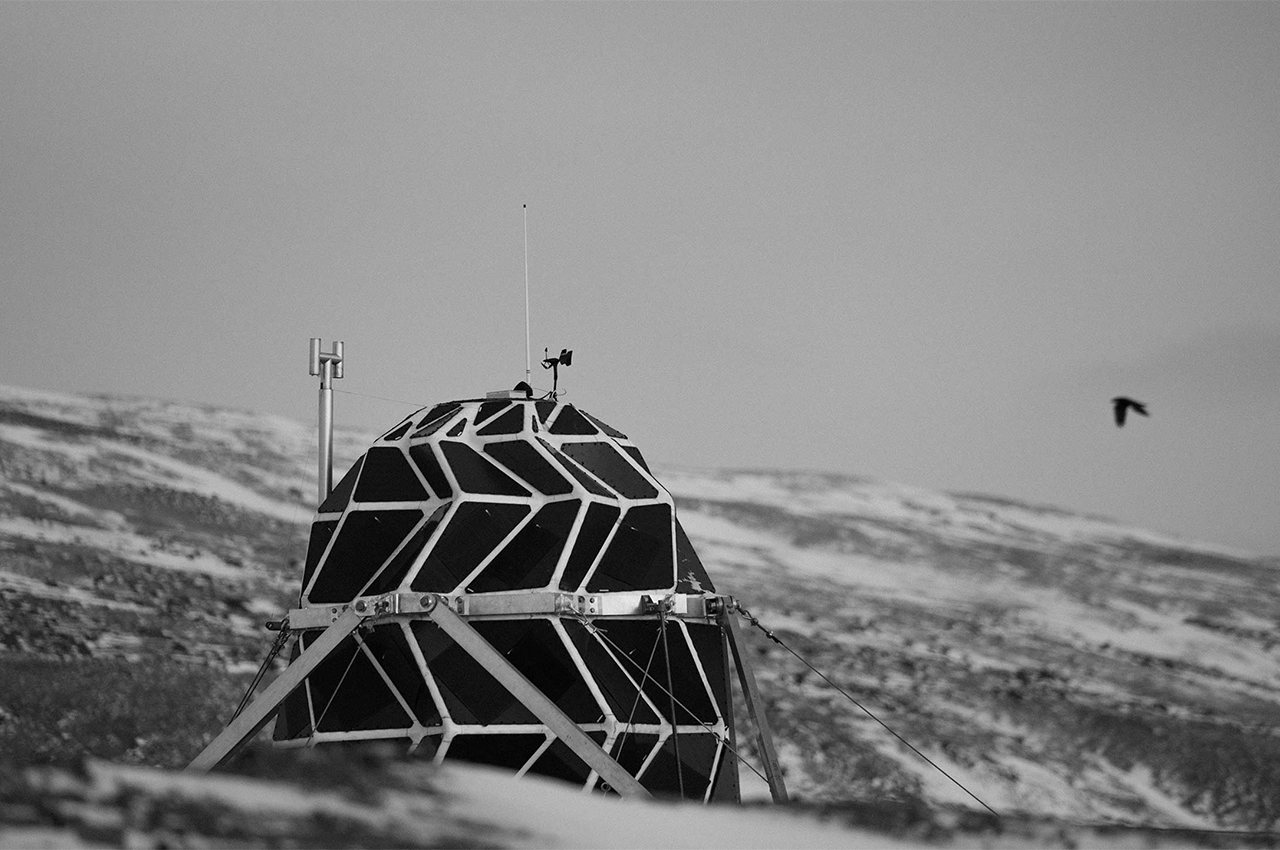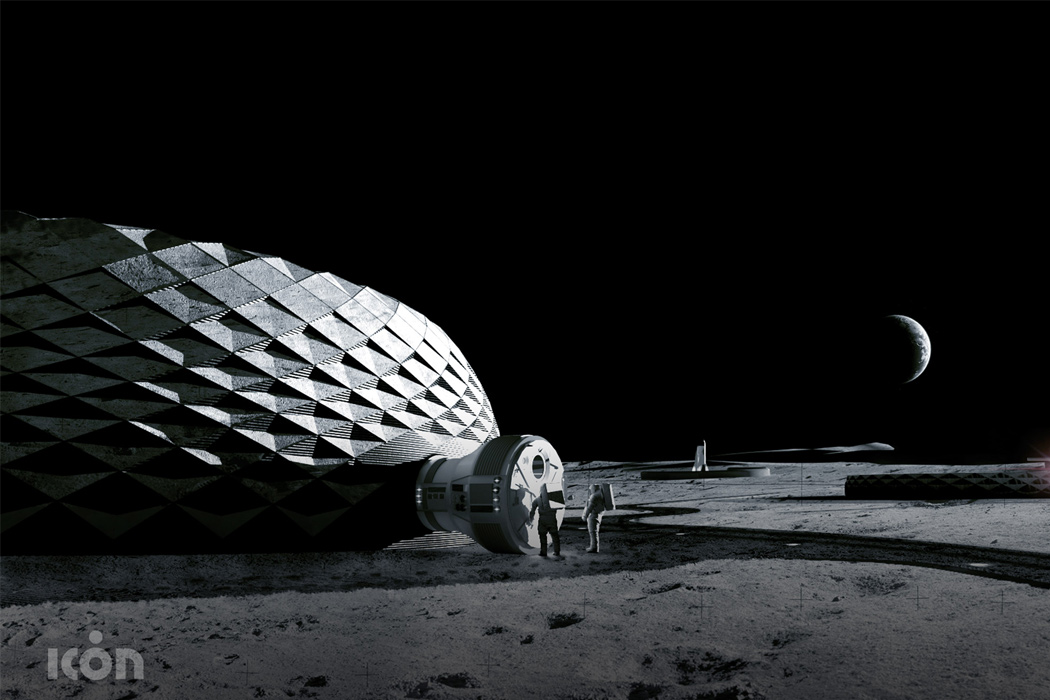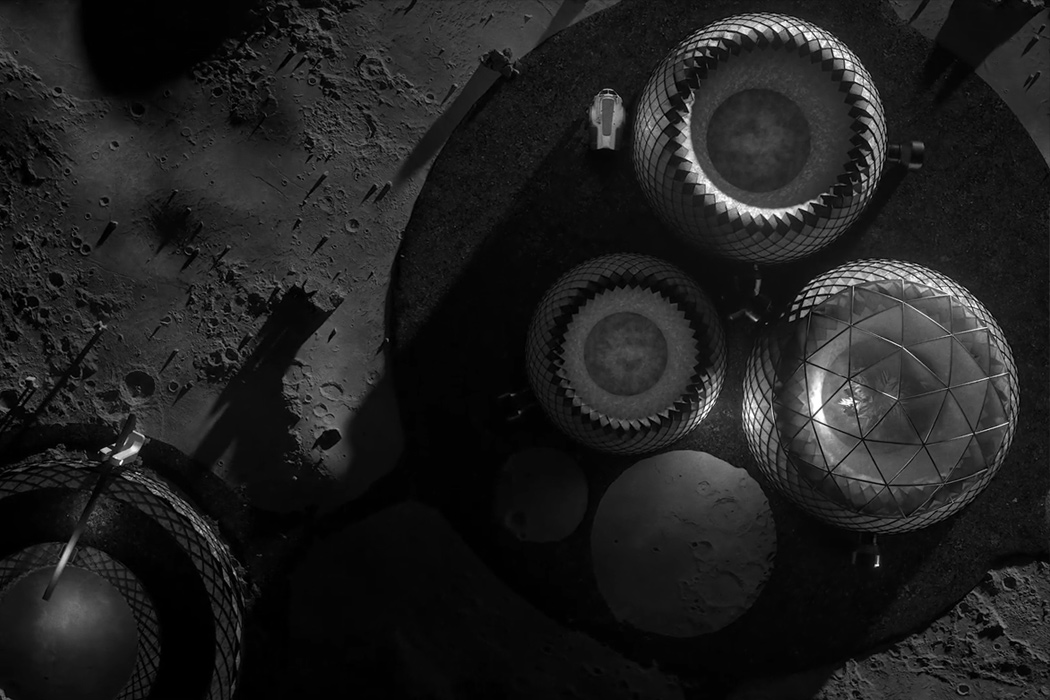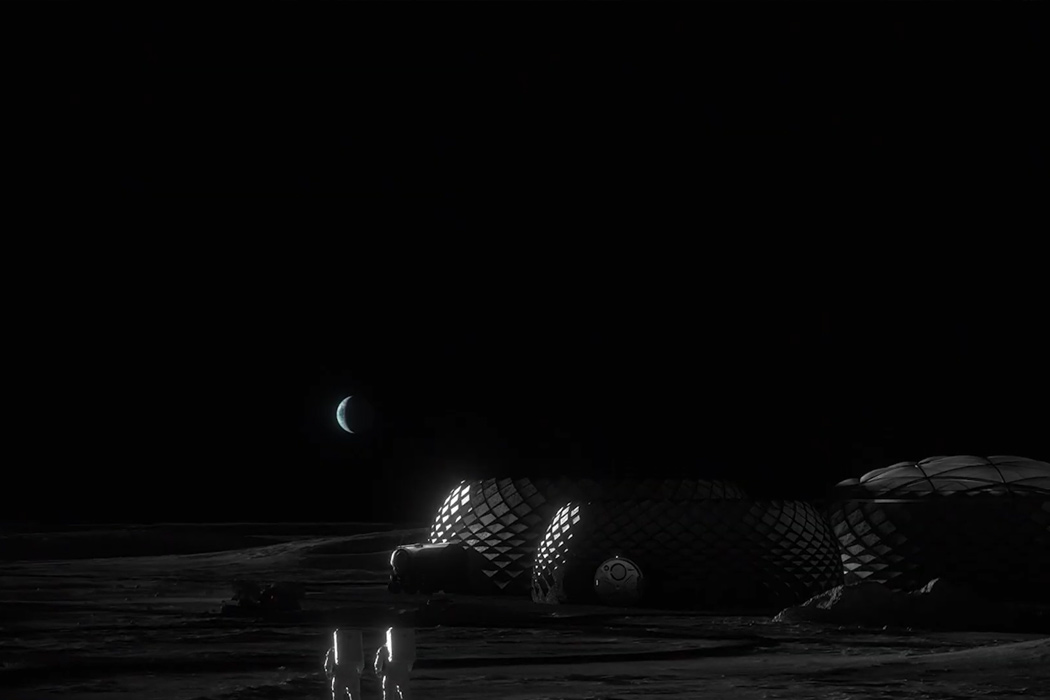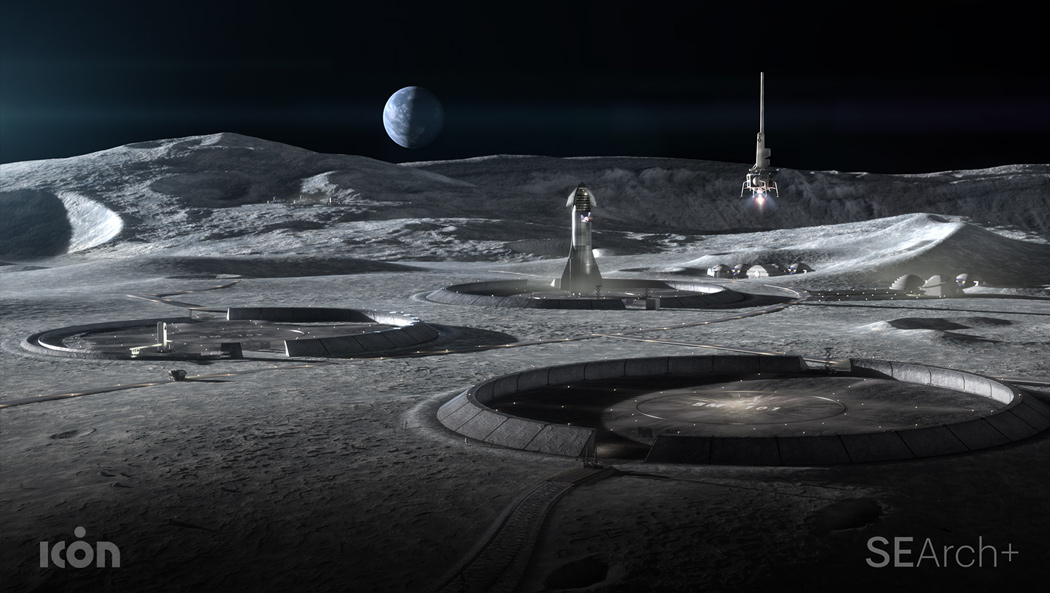How many times do we look at a clock each day, whether it’s on a wall or on our wrists? Chances are, you don’t let an hour pass without looking at a watch or clock to check the time, even if it’s an ironic waste of time to do so again and again. Given that frequency, it’s essential for clock designs to not only be functional but also visually appealing, evoking a sense of calm and awe to offset the usual stress one carries when fretting over the time. Even better, clocks might even become sources of inspiration, providing not nagging reminders but gentle hints at how to live our lives to the fullest, not shackled by the tyranny of time. That’s the subtle message that this beautiful minimalist lunar-themed clock tries to convey, reminding the observer of man’s aspirations to break free of Earth’s gravity and reach for the moon and beyond.
Designer: Sora no Kakera
Click Here to Buy Now: $275 $325 (15% off at checkout & Free Shipping). Hurry, Earth Day sales end in 48 hours!
The moon has always been a thing of beauty and mystery, its pockmarked face bearing witness to the history of our celestial neighborhood as it gracefully illuminates the night sky. It is also the nearest heavenly object we can reach, and unsurprisingly, the object of many space travel achievements and fantasies. It seems only fitting that it would be the inspiration for a clock that invites you to make a trip to the moon, even if only in your head, at each moment you check the time.
Made from stainless steel finished with a mirror-like polish, this Moon Trip Clock displays the seemingly magical visage of the moon, half bathed in light and the other in darkness. Although the image of the moon is accurate, it isn’t aiming for a scientific illustration that clearly lays out the topography of the moon. Instead, it is trying to bring the otherworldly charm of the moon to your wall and your living space.
The numbers that line the edges of the metal disc look as if they’re floating rather than etched or glued to the surface. At some point, they even seem to disappear, only to reappear again at another location, mimicking the eternal waning and waxing of the moon. This visual effect is possible thanks to a special polishing technique, adding an air of mystery to the already enchanting lunar design.
And when you start to really look at the time, you will be greeted by a charming yet meaningful detail that tickles the mind into a more thoughtful state. While the hour and minute hands are simple yet elegant bars, the seconds hand has the shape of a rocket ship at its tip. You’re tempted to watch this spacecraft make its way around the clock at each tick, perhaps making you reminisce of old childhood dreams of conquering the moon and beyond like an adventurous explorer. That may just be a fantasy, but this lovely Lunar Voyage Clock reminds you not to let opportunities pass and to live your life to the fullest, shooting for the stars and making your dreams come true.
Click Here to Buy Now: $275 $325 (15% off at checkout & Free Shipping). Hurry, Earth Day sales end in 48 hours!
The post This sleek lunar wall clock adds some adventure to the ultimate space lover’s home first appeared on Yanko Design.
